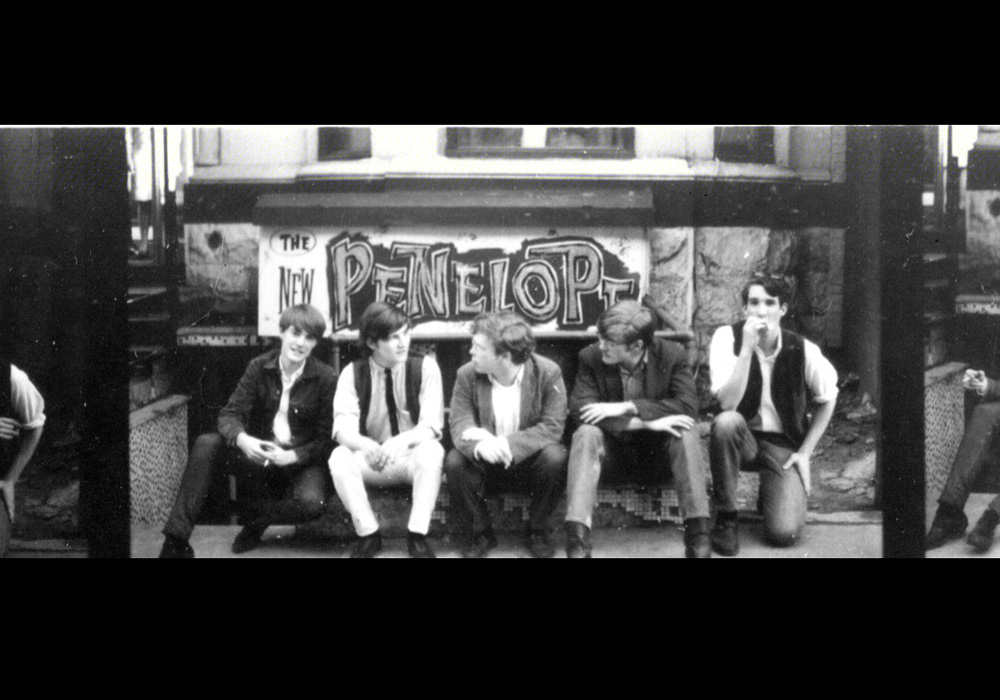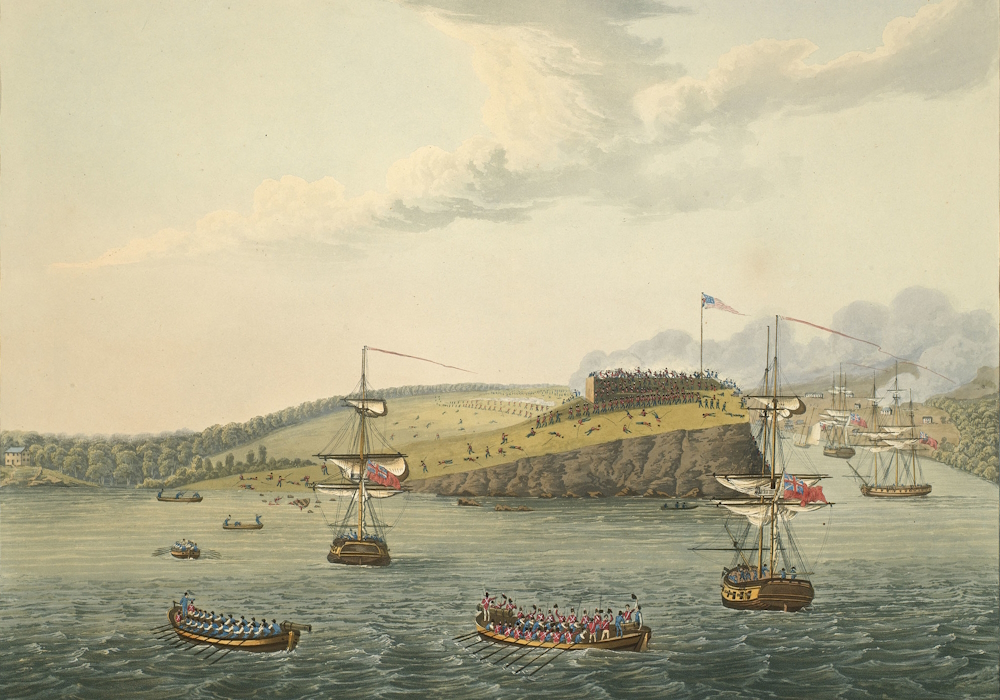
Newmarket, Ontario lies near the origin of four river watersheds – the Humber, the Don, the Holland and the Rouge, a key location which evolved as a community because of decisions by two men, one an important aristocrat, the other a Quaker immigrant.
What was to become Newmarket had always been a well-traveled location, a natural junction of the fur trade routes aboriginals used to paddle from Lake Ontario right up to Georgian Bay. In 1794, John Graves Simcoe, Lieutenant Governor of Upper Canada, dispatched his Deputy Surveyor, Augustus Jones to map a trail along the course of the Don River, a land route more suitable for settlers.
Seven years later, Timothy Rogers, a Quaker from Vermont and Pennsylvania, traveled the trail along the Don, finding an inviting location for a Quaker settlement on 40 200-acre lots he secured along the East Holland River.
Timothy Rogers reserved lots 92, 93, 94 and 95 west on the Yonge trail for the Roger family members and lot 95 on the east side of the Yonge Trail for himself, while other Quaker families moved on to the remaining land at what is now the junction with Highway 9. The Quakers were given two years to clear and fence 10 acres and build their homes, each a 16 by 20 foot log house with a shingled roof. In addition, each Quaker family was expected to clear 35 feet in front of their property, half of which was designated as a public road-Yonge Street.

